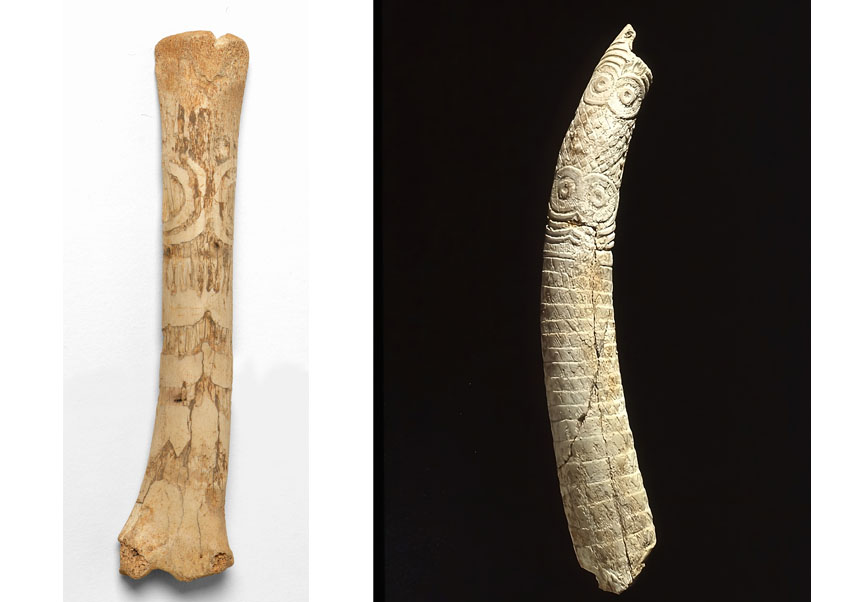Researchers from the University of Valencia create a model to detect Banks that manipulate the Euribor
- Scientific Culture and Innovation Unit
- March 8th, 2022

A study carried out by researchers from the University of Valencia (UV) has established, through automatic learning classification techniques, a new way of detecting the manipulation by banks of the Euro Interbank Offered Rate (Euribor) panel. Due to its high precision, they propose that it be established as the official detector of illicit actions by banks involved in the process of setting Euribor rates.
“The importance of this article lies in the fact that it aims to make a practical contribution to the literature by classifying manipulative and non-manipulative banks with classification techniques based on machine learning algorithms”, highlighted Francisco Climent, professor at the Department of Financial and Actuarial Economics of the UV and one of the signatories of the article.
The data used in this study are the daily prices presented by the banks in the panel and the final Euribor rates from January 2004 to November 2018. The methodology used for the analysis begins with the exhaustive screening of these data. These are transformed to apply advanced machine learning algorithms such as Random Forest, GLM, Gradient Boosting Machine and Deep Neutral Networks, among others, by using the H2O platform, which streamlines the process of applying these models.
Thus, the machine learning methodology begins to process the aforementioned data acting as variables and the banks, as observations. Subsequently, missing values are handled due to the fact that some panel banks are not present during the entire study period. Consequently, they eliminate the variables with more than 35% missing values and replace them with the mean of the rest of the observations.
After organising the data, the binary variable Manipulation is labelled as the response variable and models are found that, based on the rest of the variables, allow banks to be classified into two categories: manipulative potential and non-manipulative potential. Finally, the discussion of results focuses both on the best model obtained from all those tested and on the average of the performance measurements of the 30 executions of each model to better evaluate the global performance. The above methodology has been applied throughout the entire period in which the manipulations occurred (January 2005 to May 2012) and also at six-month intervals within the manipulation period so that the results can be compared across different deadlines.
The results show that, out of seven manipulator banks, five are detected by Machine Learning using Deep Learning algorithms and present very similar contribution patterns. Thus, Anomaly Detection confirms that various manipulating banks show similar levels of abnormality in their contributions. Finally, the researchers determine that managers and supervisors may find these techniques useful in detecting potentially illicit actions by banks involved in the Euribor rate-setting process.
Climent is joined as co-authors of this research by Rubén Herrera, winner of the award for the best Final Master’s Project from the UV Faculty of Economics in 2019 and award for the best Final Master’s Project from the DEBLANC Chair (Application of Statistical, Economic and Machine Learning for the Detection of Financial Crimes and Money Laundering), Pedro Carmona and Alexandre Momparler, all of them UV researchers in the areas of accounting and business finance.
Article: Rubén Herrera, Francisco Climent, Pedro Carmona, Alexandre Momparler. «The manipulation of Euribor: An analysis with machine learning classification techniques», Technological Forecasting and Social Change, Volume 176, 2022, 121466, ISSN 0040-1625. https://doi.org/10.1016/j.techfore.2021.121466
File in: Recerca, innovació i transferència , Col·laboració amb empresa , Difusió i comunicació científica , Grups de recerca , Facultat d'Economia , Internacionalització recerca , Investigació a la UV
















